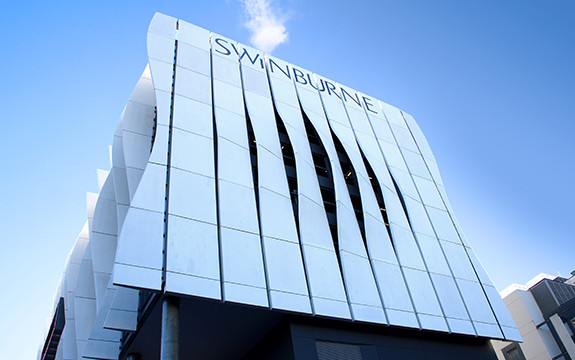Australia’s best and worst mortgage lenders

In Summary
Borrowers need to be vigilant to find the most competitive mortgage rate, particularly since the global financial crisis (GFC), according to Professor Abbas Valadkhani from Swinburne University of Technology.
Professor Valadkhani’s latest research examines the relatively high and sustained interest rate mark-ups that were implemented due to the turmoil associated with the GFC.
His findings are published in the Journal of International Financial Markets, Institutions & Money.
He found:
- Building societies offer more competitive mortgage interest rates than banks;
- Banks (particularly foreign banks) are less competitive than other lenders; and
- There is no relationship between mark-ups and levels of customer service.
Using monthly data from 2000 to 2012, Professor Valadkhani analysed 39 bank and non-bank institutions, including Australia’s big four.
He examined by how much and for how long lenders charged relatively high and sustained interest rate mark-ups as a result of the GFC.
Professor Valadkhani identified ANZ, Citibank, The Capricornian and Arab Bank as lenders to be avoided due to high interest mark-up and high probability of mark-up, post GFC.
All lenders in the study were classified into four groups: The most competitive lenders (low interest mark-ups/ low probability of rising mark-ups); least competitive lenders (high mark-ups/high probability of rising mark-ups); and two in between groups of either high mark-ups/low probability or low mark-ups/high probability of rising mark-ups.
Lenders assessed to have delivered competitive home loans since 2008 are: Adelaide Bank, Aussie Home Loans, Bankwest, Credit Union Australia, Gateway Credit Union, Greater Building Society, Heritage Bank, Hume Building Society, Newcastle Permanent, Police Credit Union and QT Mutual Bank.
“Given the increasing use of internet banking, borrowers are in a much better position to carefully compare the standard variable mortgage interest rates offered by various lenders before locking themselves into a loan contract,” Professor Valadkhani said.
“The mortgage interest rate spread of all lenders has risen since the GFC. This comparable data makes the market transparent and pin points exactly when individual lenders switched from a low mark-up regime to a high mark-up regime.”
He said the results do not support the view that the relatively higher mortgage rates of Australia’s big banks can be justified by higher overhead costs associated with running their branches.
Professor Valadkhani’s database included: 15 Australian-owned banks, 13 credit unions, seven building societies, three foreign subsidiary banks and one major mortgage broker.

